Solid state technology solid batteries also comes to the company's portfolio Xiaomi. The Chinese giant revealed this new technology and we already know the first information.
Fixed battery technology from Xiaomi
The Chinese electronics manufacturer announced a breakthrough in solid-state technology, the so-called "Solid State" batteries, which promise higher energy density as well as better performance at low temperatures as well as higher safety.
The company claims their fledgling solid-state battery technology achieves energy density more than 1000 Wh/l. This represents a 20% improvement in discharge performance and a significant improvement in passing the pressure in the safety experiment.
Xiaomi 13 and up to 6000 mAh battery?
The main difference between solid state and traditional batteries is in the electrolyte. It is fixed with the new technology. And solid electrolytes offer better mechanical strength and stability compared to their older, liquid siblings found in traditional cells. They eliminate the problem of low energy density or reduced performance at low temperatures.
The company's laboratory tests have shown the energy value of solid batteries at the level of more than 1000 Wh/L. This means that you can store more energy in a smaller space, which is crucial, for example, for mobile devices such as smartphones or tablets. The company put a fixed battery in a prototype smartphone Xiaomi 13 with a capacity of up to 6000 mAh and significantly improved endurance.
Low temperatures usually prevent standard batteries from moving lithium ions and this leads to a rapid drop in lithium conductivity up to 60%. Fixed batteries offer better performance or a smaller share of discharge even at temperatures to -20 °C. Thanks to this, these batteries are also suitable for use in high latitudes.
Another indisputable advantage of a solid cell is protection against short circuits. The solid electrolyte prevents the penetration of lithium dendrites and thus eliminates several safety risks. Xiaomi's technical team has also developed a method to improve the durability of its batteries.
Puncture with a needle or other sharp object will no longer be a problem, especially with the new generation of batteries with a solid electrolyte, which prevents the mixing of positive and negative particles. Technology solid batteries from the brand Xiaomi it definitely has potential and can take mobile devices and other electronics to the next level.
How do you like the concept of fixed batteries from the workshop of the Chinese manufacturer Xiaomi? If you have any other questions about this technology, feel free to write them to us below, in the discussion below the article. Follow us on Telegram as well as our Facebook group: Xiaomi Planet - A place for real Xiaomi fans as well as our portal Xiaomi Planet and find out more.



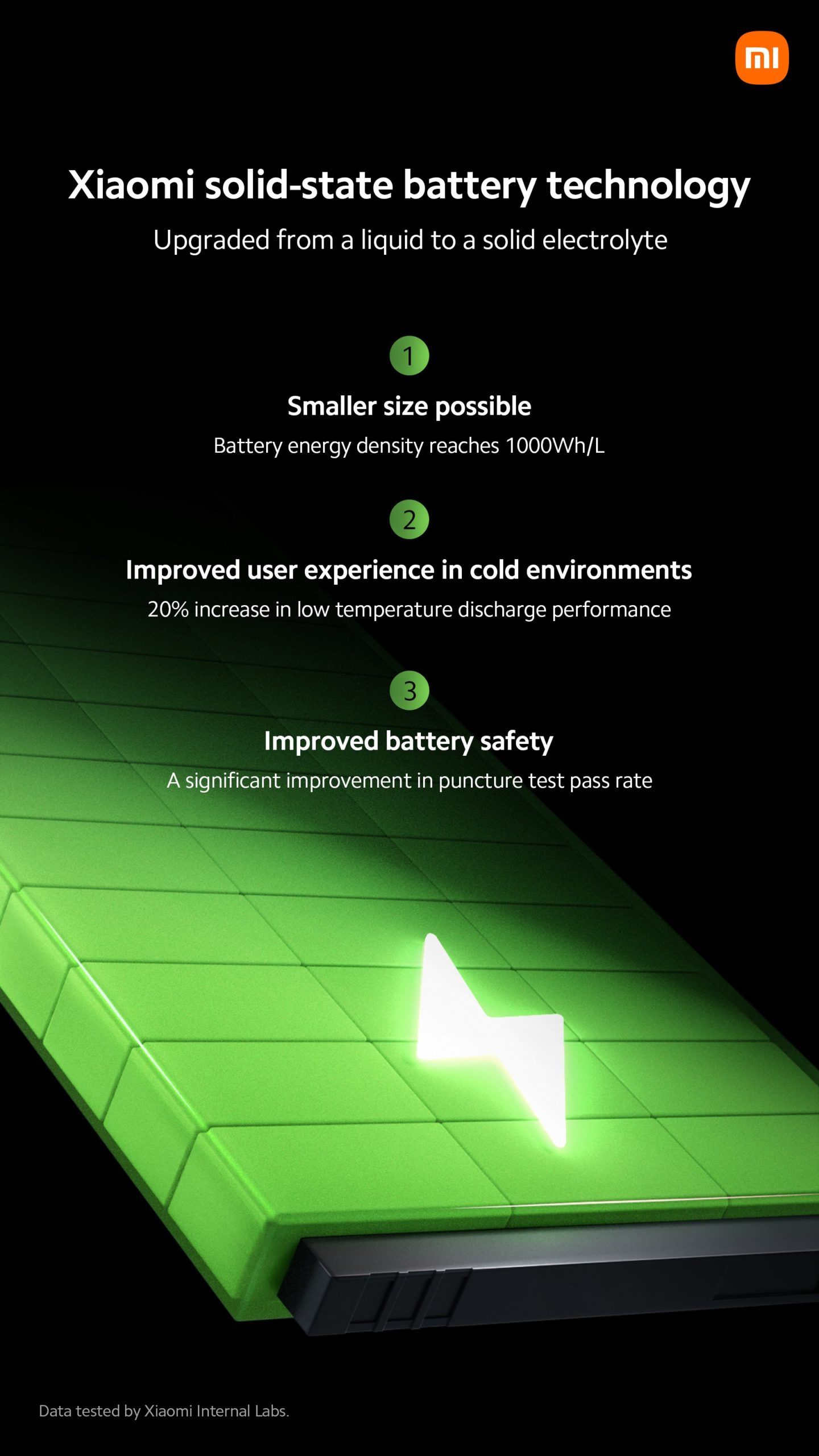
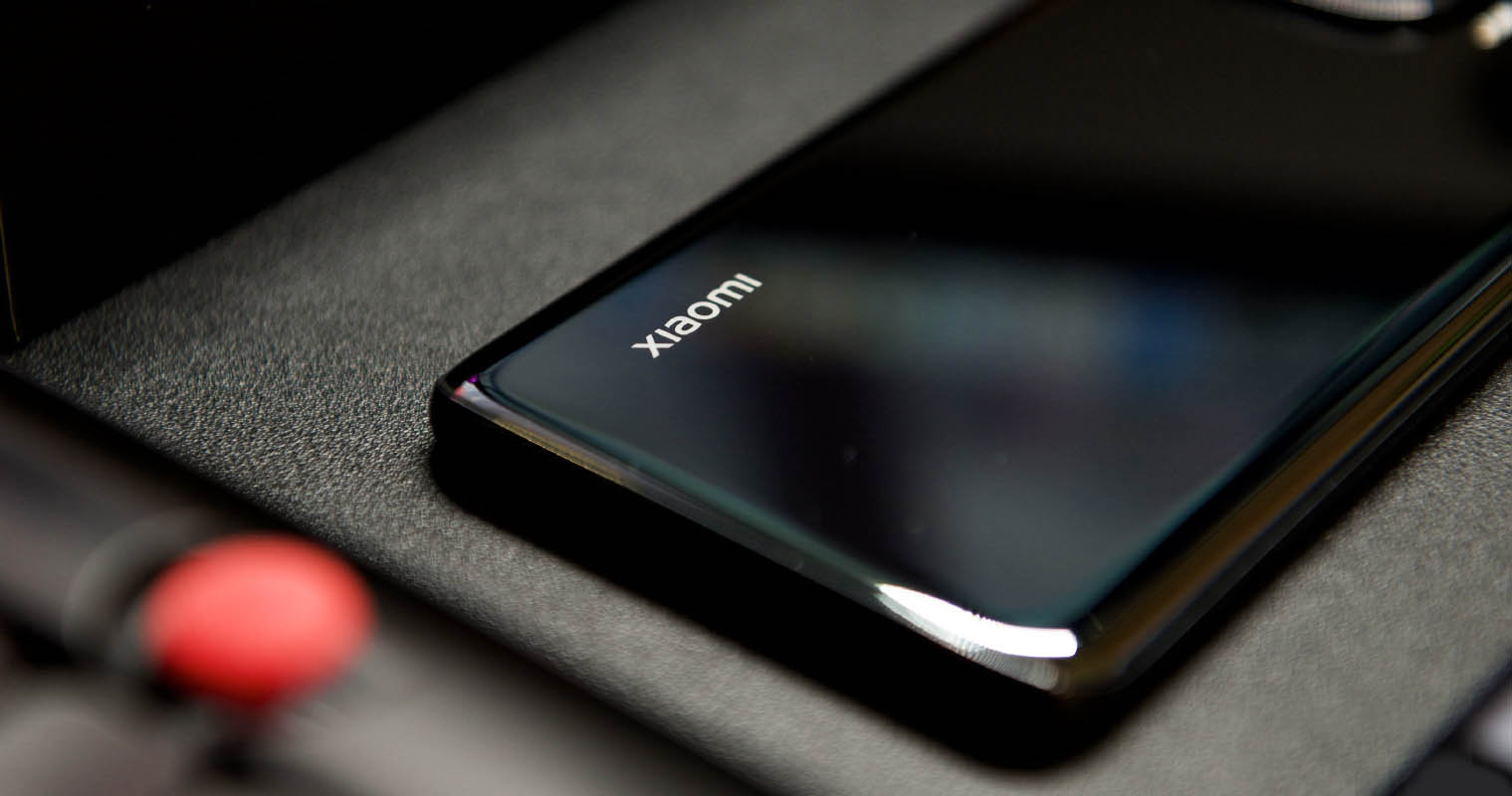
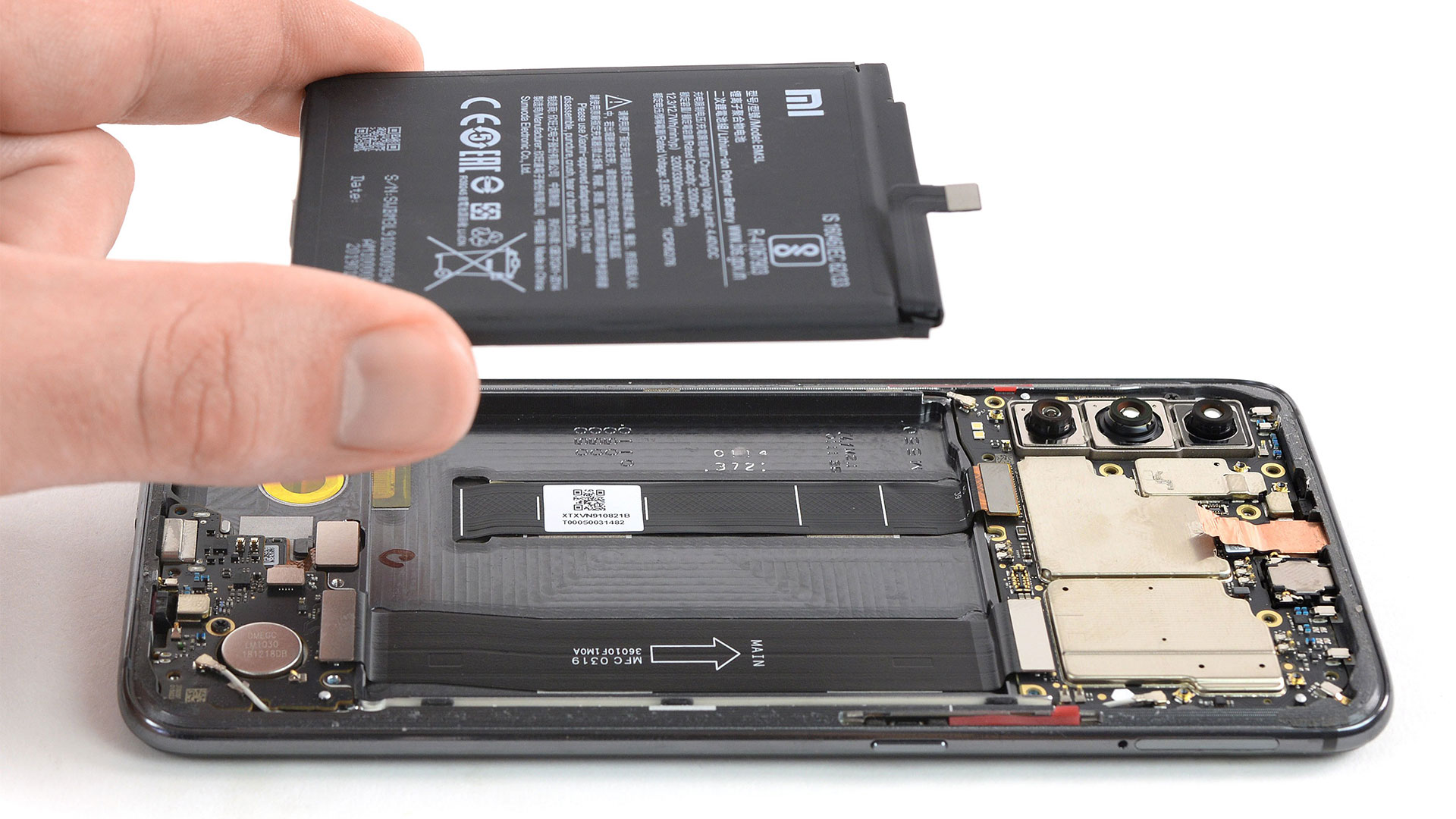

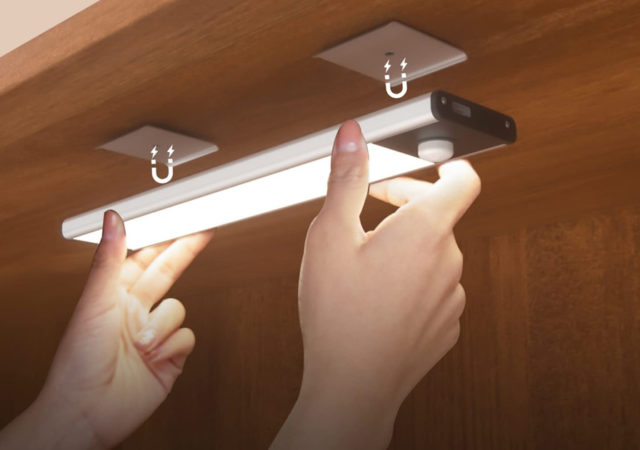



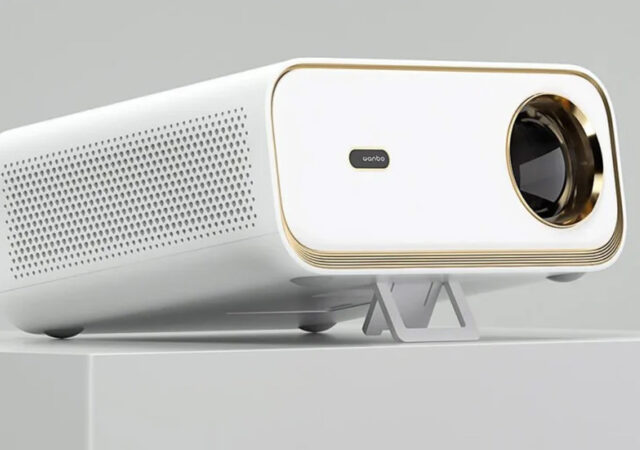
“The company claims their fledgling solid-state battery technology achieves an energy density of more than 1000 Wh/L. This means a 20% improvement in discharge performance” …. I don't understand how the amount of energy contained in the battery (or energy density calculated per unit of volume or weight) is directly related to the speed of its charging/discharging, that is really a mystery to me, answer: almost nothing, because the correlation coefficient was not even close to 1 homeopathic bypass
it can simply be a 5Ah battery that is charged with a maximum power of 33W (because it is not built for more) and it can be a 4Ah battery that is charged with a power of 300W (the latest xiaomi hocus-pocus), everything depends on the design of the battery
for decades there have been 5-6 completely different concepts for batteries in consumer electronics, and those concepts are completely different from today's li-ion with liquid electrolyte (solid batteries are one of them)
the article acts like a missed fairy tale in the style that, for God's sake, it should have been installed 20 years ago
but since it was not implemented, there are probably problems, whether technical (a 20% increase in energy density is not as impressive as, for example, 50% or 80%, the number of charge/discharge cycles, charge/discharge speed, or other limitations...) , or economic aspects of production
A 20% increase in energy content simply means that the mobile phone will be 1 mm thicker and 15 g heavier. Anyone who wants to can still offer 6 Ah batteries in mobile phones today (not to mention the fact that there are various military editions of protected skeleton mobile phones (with parameters of the lower middle class) on rocks, in the mud or under car wheels and where the battery is 11 Ah, or 11000 mAh)
precisely here, when inserting a 6000 mAh battery, the dimensions did not change, that's exactly what it's about, the same dimensions, greater density, higher battery capacity. It might change the weight, but the dimensions will remain the same.